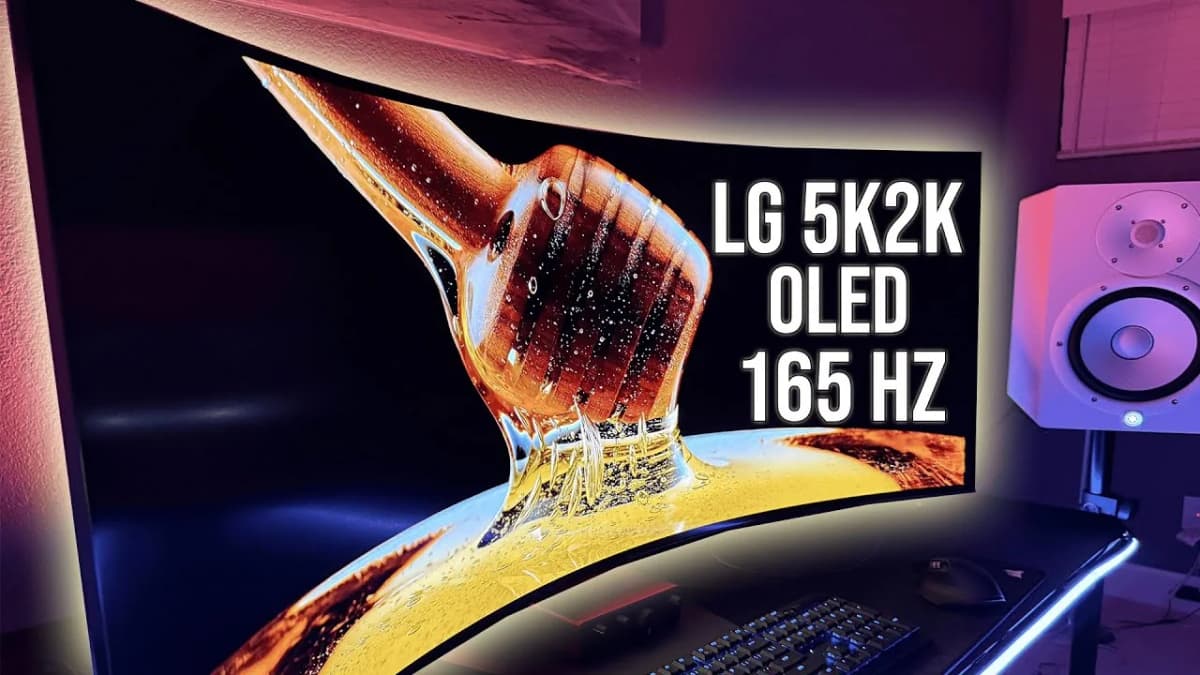
If you think the jump from 4K to 5K in gaming monitors is just marketing drivel, you’re not alone-but you’re also missing out on what may be the most significant leap in display tech since HDR. As someone who’s burned through everything from subpar TN panels to OLED’s buttery bliss, I’ll say it straight: 5K monitors in 2025 are redefining what premium PC gaming (and work) look like. But for all that pixel-pushing glory, is it actually worth dropping two grand? Let’s cut through the marketing fog and get real about what 5K gaming monitors deliver-and where they still fall flat.

Let’s be honest—early 5K monitors were basically museum pieces: gorgeous but slow, expensive, and about as gamer-friendly as a typewriter. Fast-forward to today, and the likes of LG and Samsung have finally delivered panels that balance speed and visual fidelity. The LG 45GX950A, which just dropped in March 2025, is a 45-inch curved OLED monster that spits out 5120×2160 pixels at 165Hz and delivers a .1ms response time. That’s not just marketing fluff; it’s a transformative experience for both gaming and creative work.
Meanwhile, Samsung’s CRG9 gets a firmware boost to 240Hz (if you’re brave enough to overclock). And let’s not ignore MSI and Dell, who are racing to make their own 5K QD-OLED and VA panels the new standard.
Here’s where the rubber meets the road: unless you’re rocking an RTX 4090 or AMD RX 7900 XTX, most modern games will have your GPU gasping for air at native 5K. Yes, the Steam Hardware Survey shows a 38% jump in 5K adoption this year, but let’s get real—most of that is creative professionals, streamers, and those “money is no object” folks on Reddit. It’s not just about the game, it’s about workflow. For streamers managing a dozen windows or video pros color grading in DaVinci Resolve, this kind of panel is a revelation. For the average gamer? If you’re still on a 3070, save your money or prepare for a crash course in resolution scaling.
And don’t forget: running a 5K monitor at 240Hz is pure overkill unless you’re actually getting those frame rates. If you’re not, what’s the point—other than bragging rights?

For years, 5K felt like Apple’s playground—think iMac Retina and a handful of overpriced “pro” panels. That’s changed, big time. All the latest 5K monitors sport HDMI 2.1 and DisplayPort 2.1, making them plug-and-play for high-end Windows and Linux machines. Adaptive sync is finally ubiquitous, so G-SYNC and FreeSync folks can stop squabbling. Even hardcore console gamers can look forward to proper 5K support with the rumored PS6 and Xbox Next.
Still, don’t fall for the “future proof” myth. MicroLED displays are lurking on the horizon, and prices on today’s OLEDs will drop hard once real competition—like Xiaomi and Huawei—hits the West.
Look, I’m not going to pretend $1,499 (and up) for a monitor makes sense for everyone. If you’re a competitive FPS player still clutching your 240Hz 1080p panel, stick with it. If you’re a creative pro, streamer, or productivity nerd who juggles 10 windows and wants jaw-dropping clarity, then it’s time to consider 5K. Just know you’re paying the “first mover” tax for at least another year or two.
And for those waiting on 8K? Don’t bother. Until GPUs can actually run AAA games above 60fps at 8K, 5K is the sweet spot for the brave and the well-heeled.
Let’s address the elephant in the room: diminishing returns. At normal desk distances, the jump from 4K to 5K is noticeable—but not as mind-blowing as going from 1080p to 4K was. Some will (rightly) argue that a great 4K OLED at half the price is a smarter buy for now. And with 8K upscaling tech and MicroLED looming, early adopters may feel burned when prices drop in 2026. But if you’re chasing the absolute best, and you’re sick of choosing between refresh rate and color accuracy, 5K delivers—at a price.
Industry analysts are betting that by late 2026, $999 5K monitors will be standard for premium setups, and MicroLED will shake up the high end. Expect true console support, better price-to-performance, and maybe—just maybe—no more worrying about burn-in. Until then, 5K is the domain of power users, streamers, and spec geeks.
TL;DR: 5K gaming monitors in 2025 are absolute stunners—but unless you have the hardware (and the cash), they’re more luxury than necessity right now. Creative pros and power users will love them, but most gamers should wait for prices (and GPUs) to catch up.
Now it’s your turn—are you ready to jump to 5K, or is this all just a fancy flex for specs nerds? If you own a 5K panel (or have strong feelings about upgrading), drop your thoughts below. Are you waiting for prices to fall, or is 4K still the king for you? Let’s hear it.
Get access to exclusive strategies, hidden tips, and pro-level insights that we don't share publicly.
Ultimate Gaming Strategy Guide + Weekly Pro Tips